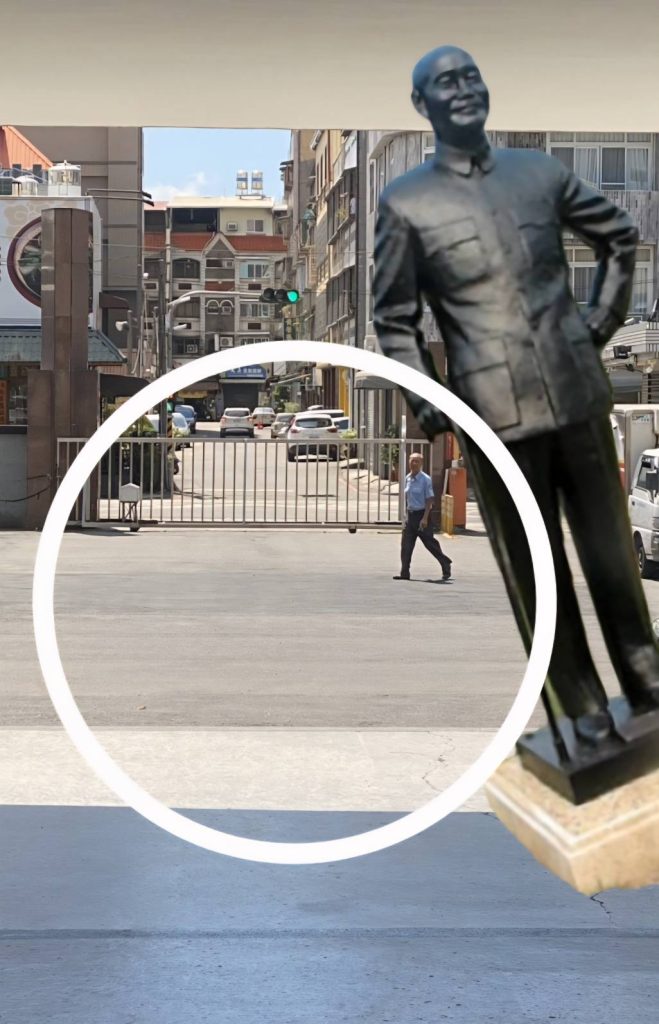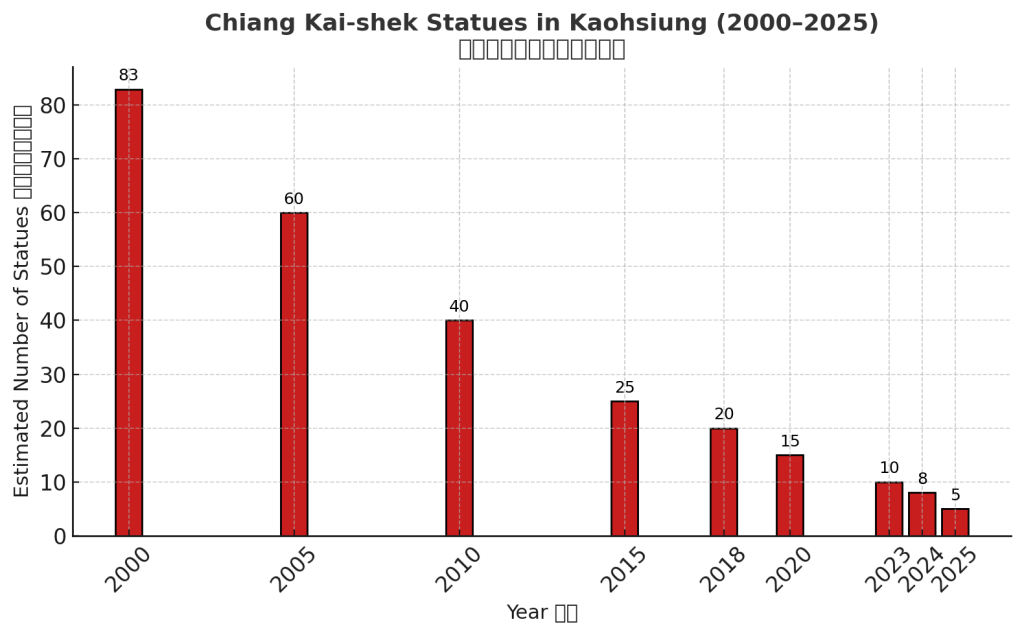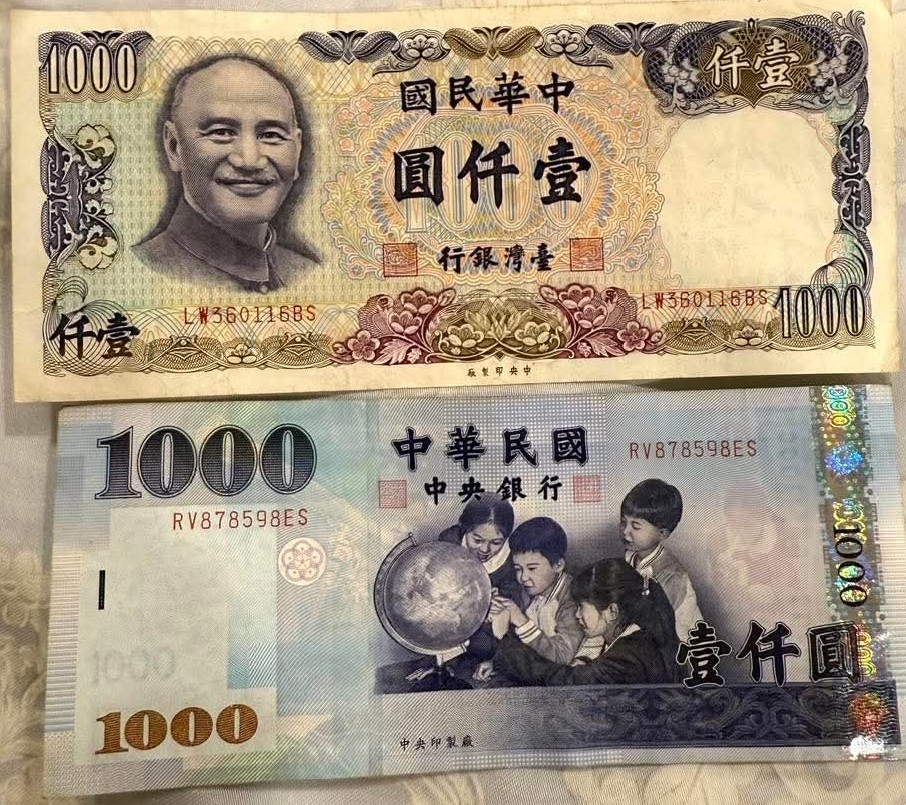By Eryk Michael Smith
Image shows a partially reconstructed CKS statue in Cihu, Taoyuan.
KAOHSIUNG — Former Republic of China president Chiang Kai-shek (蔣介石 / CKS) was born on Halloween 1887, a fitting date for a man who would later haunt Taiwan’s public squares in bronze form. His 26-year rule over the island ended with his death on April 5, 1975, and, at least according to official sources of the era, the nation mourned deeply.
So deeply, in fact, that a spookily high number of statues appeared between 1975 and 1987. A Taipei Times report published roughly a week after the DPP’s Chen Shui-bian 陳水扁 won the 2000 presidency, quoted a local official estimating there were about 43,000 Chiang statues across Taiwan at that time.
Kaohsiung removed its largest in 2007, when the Chiang Kai-shek Cultural Center was renamed the Kaohsiung City Cultural Center. Today, the city is nearly done with its long farewell: depending on the definition—does a large bust count, who owns the land, etc.—between one and six statues remain.
Recent removals underline the pace. In August 2025, Fengshan Senior High School (國立鳳山高級中學) quietly dismantled one that had stood at the main gate for decades, placing it in storage under the Ministry of the Interior’s Guidelines for Handling Symbols of Authoritarianism. Around the same time, Kaohsiung’s golf course-turned park saw its statue vanish. Earlier, CPC Corporation’s Nanzi Refinery (中油公司楠梓煉油廠) hauled away its long-standing figure during late-2024 roadwork. Talks reportedly began in mid-2025 about one remaining at a Linyuan 林園 intersection.
That’s a dramatic drop from the 83 sites listed in a 2018 Kaohsiung government survey.

A Taiwan News report in 2020 noted that “Taiwan had removed nearly 70 percent of its Chiang Kai-shek statues and other authoritarian symbols.” The Taipei Times added in September 2025 that 646 still stood nationwide as of August 31, despite ongoing transitional-justice efforts.
Within a year, Kaohsiung may be completely CKS-statue-free, half a century since the Generalissimo’s death. Taiwan will never forget his legacy, but at least in the south, the former leader will no longer be quite so in-your-face.

A Few Facts About Chiang Statues and Their Fate
• In 1945, sculptor Pu Tien-sheng created the first Chiang statue for the KMT. During martial law, local officials proposed many more near Chiang’s birthday, though he personally forbade them. (NCCU Archives)
• After Chiang’s 1975 death, production exploded.
• On May 15, 1975, the Executive Yuan issued the Permanent Commemoration of President Chiang Kai-shek Regulations:
– Article 5: Each county and city shall erect one statue; the Ministry of the Interior shall set the model.
– Article 6: Government offices, schools, and military units must display portraits of Sun Yat-sen and Chiang Kai-shek on facing walls. (Source)
Below: Statue construction standards issued by the Ministry of the Interior (Source: ‘Guidelines for the Construction of Chiang Kai-shek Statues—Detailed Regulations Announced by the Ministry of the Interior,’ Central Daily News, August 6, 1975).”

• Formal removals began in the late 1990s. In 2017, the MOI officially ended its Guidelines for Constructing Chiang Kai-shek Statues.
• Many assume all displaced statues ended up at Cihu Memorial Sculpture Park 慈湖紀念雕塑公園, but only about 200 are displayed there. The fate of most others is largely unknown – the Kaohsiung City Government, for example, reportedly declined to say where the golf-course CKS statue went. But there are Ministry of the Interior Guidelines for Handling Symbols of Authoritarianism.




